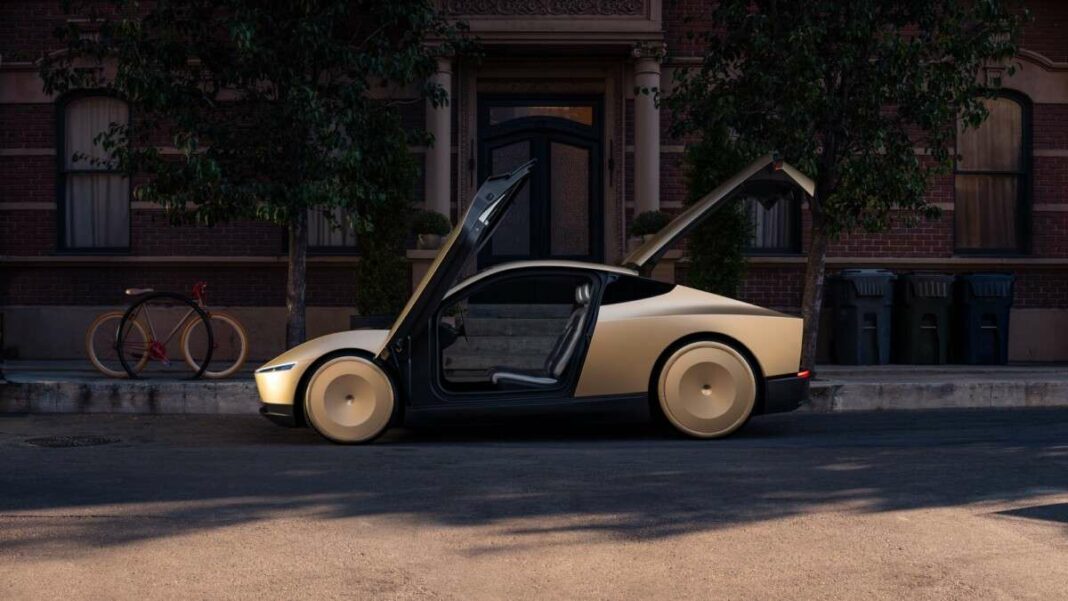Tesla’s evolution in autonomous driving began with the Model S in 2013 and has progressed to level 2 autonomy with Autopilot. The company aims for level 5 autonomy, allowing full hands-free operation. In 2024, Tesla launched the Cybercab and plans to introduce an unsupervised robotaxi service in Austin. Concerns about true autonomy persist, as teleoperators may still oversee driverless vehicles. While FSD is advancing, its approval in Europe is pending, with safety issues still a significant concern.
The Evolution of Tesla’s Autonomous Driving Technology
Tesla’s journey into the realm of autonomous driving has been a remarkable saga spanning nearly a decade. The adventure began with the launch of the Model S in 2013, which marked the introduction of this groundbreaking technology. Today, every model in Tesla’s lineup comes equipped with Autopilot, currently operating at level 2 autonomy.
Unsupervised Driving: A New Frontier
As time progressed, Tesla’s ambitions have evolved with a clear goal: to create electric vehicles capable of fully autonomous operation without any human intervention. This level 5 autonomy would allow passengers to engage in activities such as reading or napping during their journeys. Presently, customers can experience Full Self-Driving (FSD), a system that aligns with level 3 autonomy, set to be authorized in Switzerland in March 2025.
In a bold move to revolutionize transportation, Tesla introduced the Cybercab in 2024, a fully autonomous taxi devoid of a steering wheel. Furthermore, Elon Musk has announced plans to accelerate developments in unsupervised driving (Unsupervised FSD) in the U.S., with a launch anticipated as early as June. Reports indicate that Tesla will commence its first “unsupervised, driverless” robotaxi service in Austin, Texas.
This innovative service will enable users to book autonomous taxis that autonomously pick them up and transport them to their destination without any human oversight. All vehicles in this fleet will be Tesla models, although the company revealed that customers could also contribute their own vehicles to the network, akin to a completely automated car-sharing platform. Interestingly, the Model Y and Model 3 will serve as the operational vehicles, not the much-anticipated Cybercab, which raises questions about the true level of autonomy in this service.
Amidst these advancements, concerns persist regarding the actual autonomy of the vehicles utilized in this service. Recent reports have confirmed that Tesla has employed teleoperators to remotely oversee its driverless Cybercabs. This raises the possibility that similar monitoring could be in place for the newly launched service in Austin.
While Tesla’s electric vehicles have demonstrated their theoretical ability to navigate without a driver, as evidenced by videos showcasing their independent movements within Tesla’s factory, the practical realization of fully autonomous taxis in Europe remains a distant goal. Currently, FSD is not permitted on European roads, although changes are on the horizon. Elon Musk shared insights on social media, indicating that supervised autonomous driving will undergo evaluation by European regulators in May 2025, starting with the Netherlands.
If approved by the European Union, this technology could debut on the continent between the second and third quarter of 2026. However, it’s worth noting that FSD is still a work in progress, as evidenced by incidents where the system has struggled to detect two-wheelers, leading to tragic accidents. This raises further questions about the safety and reliability of the technology as Tesla continues its pursuit of a fully autonomous future.
